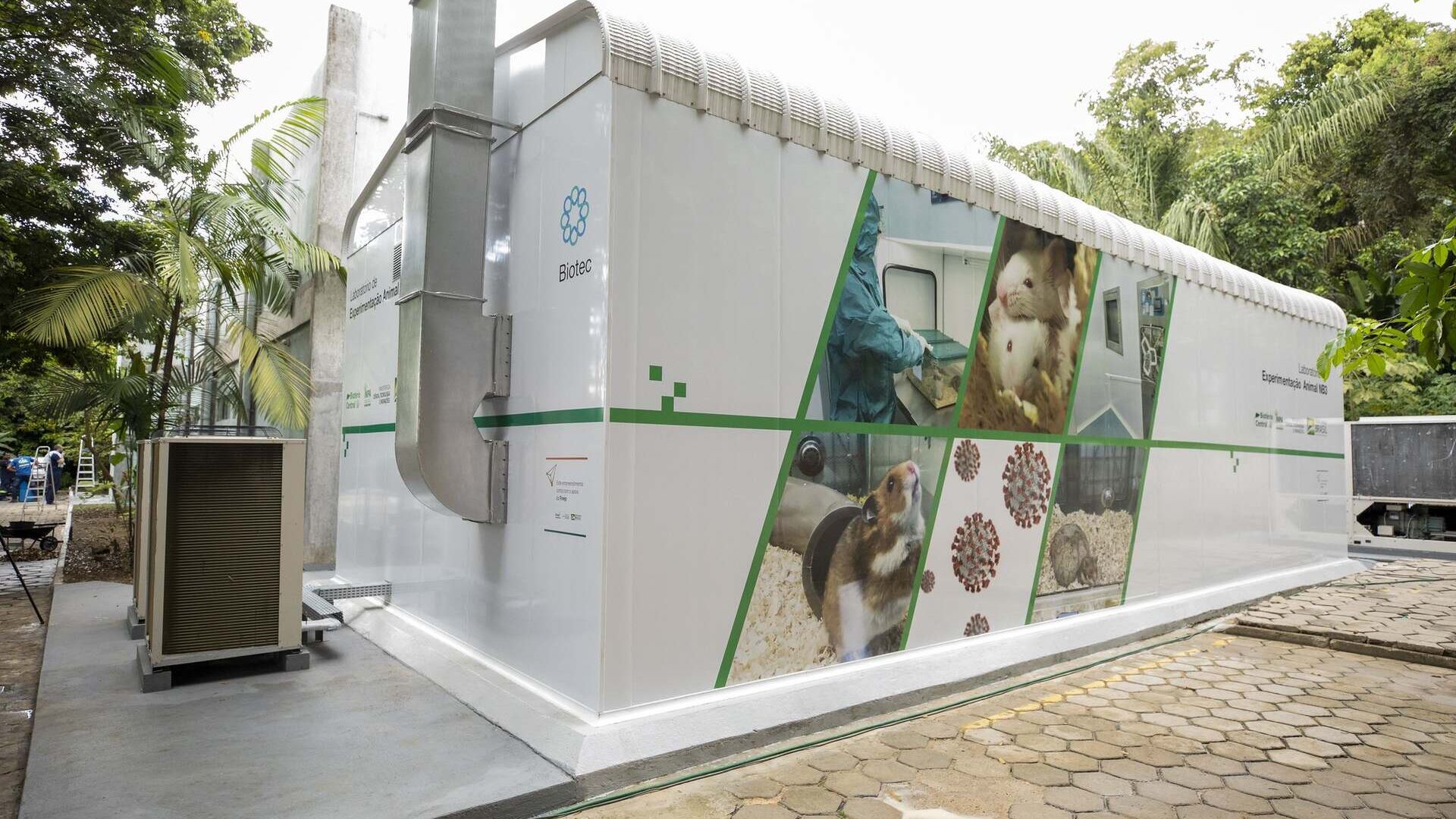Intelligent mattresses and sensors to protect the most delicate skin
Skin lesions: from Switzerland a special mattress for newborns and a system of smart textile detectors to avoid bedsores
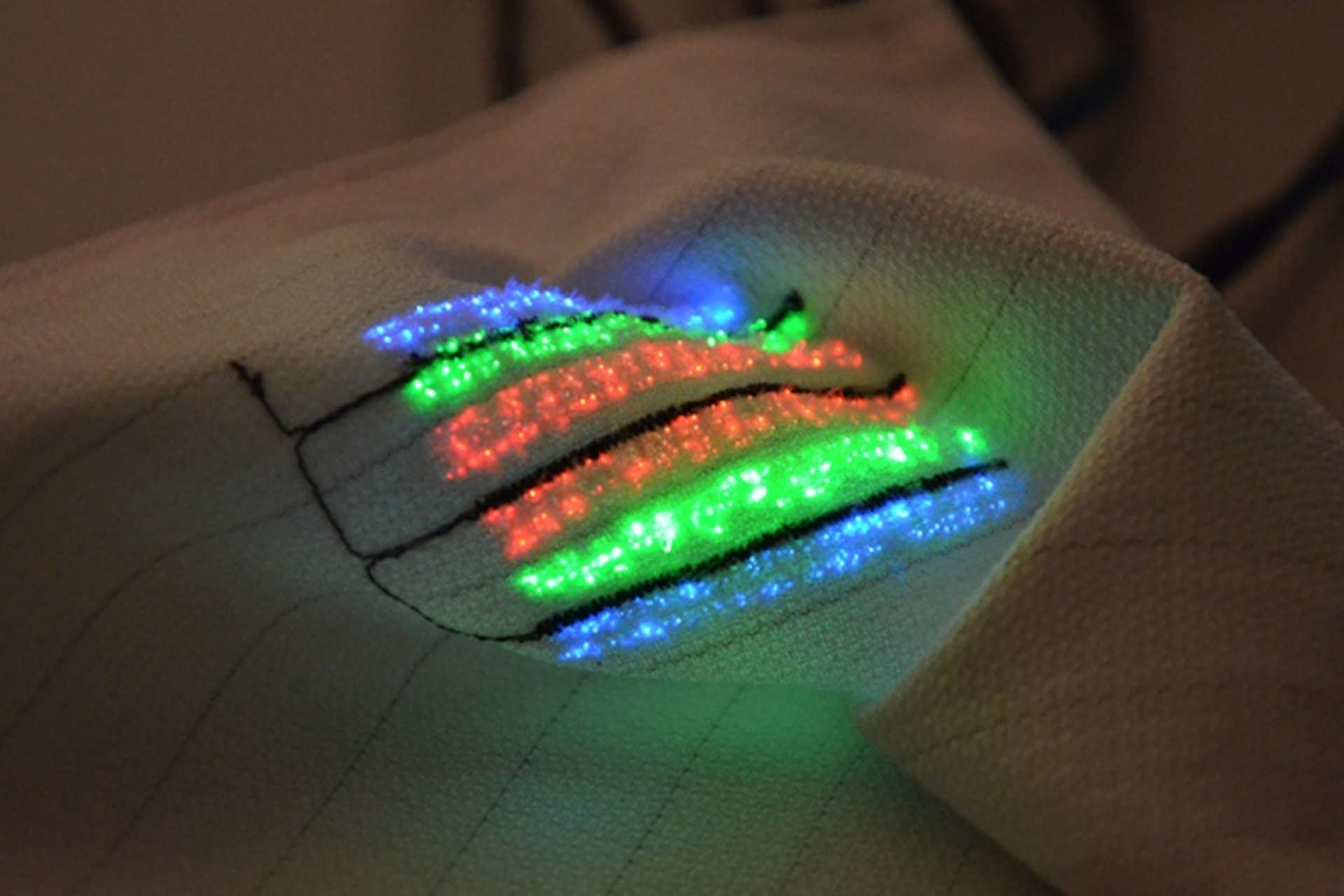
People who are unable to change position independently such as newborns, sick and hospitalized patients, sooner or later, tend to develop skin lesions caused by pressure prolonged on the skin.
In Switzerland alone, around 300 million francs are spent every year on the treatment of bedsores – a problem that can lead to a general worsening of the state of health and which until recently seemed insurmountable.
The EMPA scientists, however, just came up with it two brilliant solutions which will allow us to tackle the problem of pressure injuries in a decidedly smart way: while in the Biomimetic Membranes and Fabrics laboratory in San Gallo we are working on a special mattress for newborns, the ProTex project brings together researchers from EMPA, the University of Bern, the University of Applied Sciences of Eastern Switzerland and Bischoff Textil AG in St. Gallen in the development of a “intelligent” textile sensors which will help bedridden people by preventing the onset of pressure sores.
The revolutionary sensors that can save millions of batteries
"Smart" contact lenses to explore a new world
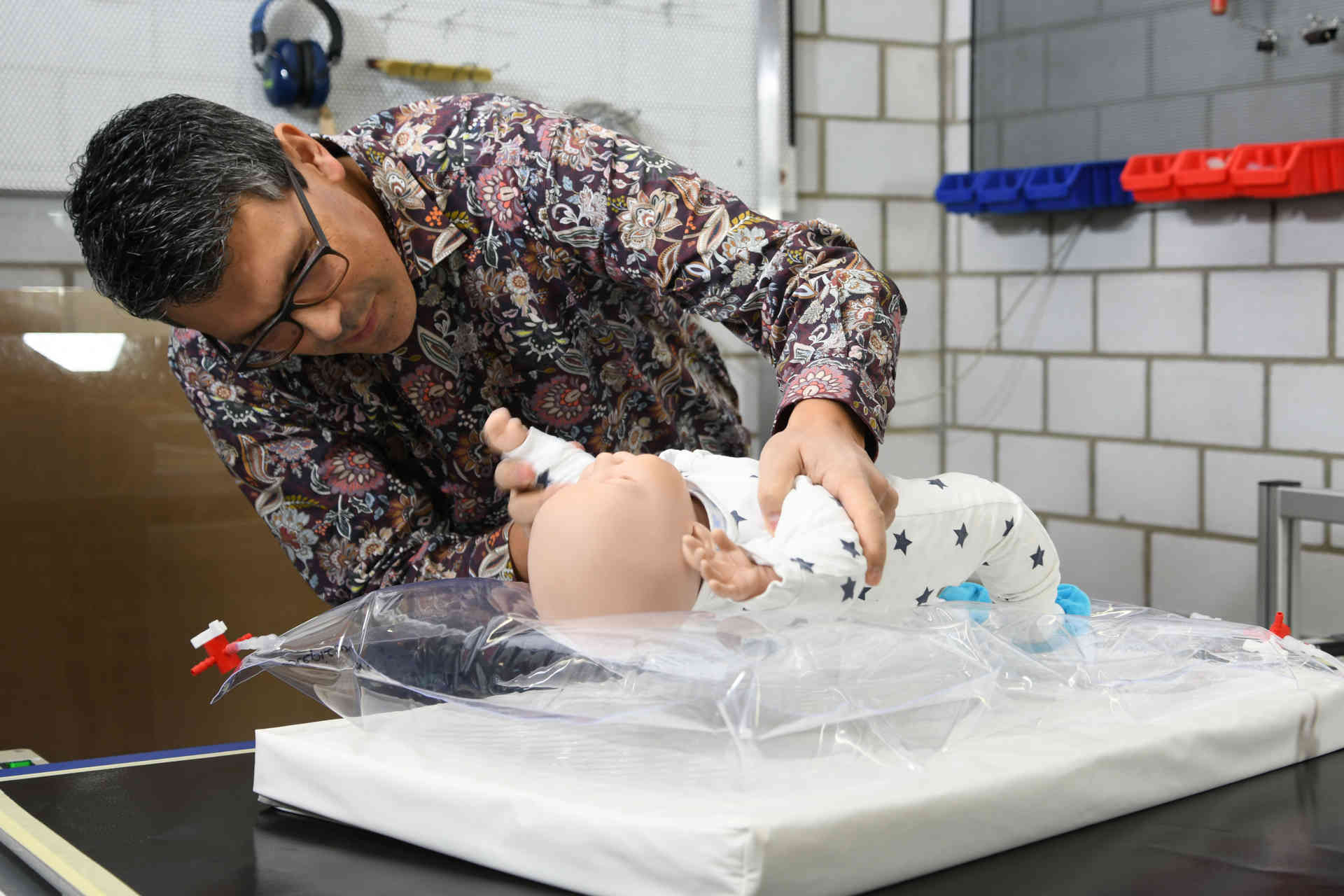
The road to prevention passes through science
When ours skin is subjected to excessive pressure for a long period of time, it ends up being damaged. What results are skin lesions known as bedsores, a problem that mainly affects people who cannot change position independently.
The high-risk populations, in this context, are mainly people in wheelchairs, the elderly and some hospitalized patients, including newborns in intensive care units.
The treatment of these lesions is complex and quite expensive. “Furthermore", he claims Simon Annaheim, EMPA researcher at the Biomimetic Membranes and Textiles Laboratory in St. Gallen, “Existing diseases can be aggravated by these pressure injuries“. The most sensible path to take, according to the young scholar, would be that of avoid the formation of such wounds from the beginning.
The project the EMPA researcher is working on focuses in particular on needs of newborns. The characteristics of the skin, in fact, are completely different from one age to another: if for adults the main risk factors are the friction of the skin on the surface and the lack of breathability of the fabrics, when it comes to newborns the problems they are of a completely different type.
According to Simon Annaheim, conventional mattresses are not suitable for babies who cannot move independently. His team is therefore working with researchers from the Zurich Polytechnic,Zurich University of Applied Sciences (ZHAW) and theUniversity Children's Hospital Zurich to find an optimal resting surface for newborns' delicate skin.
Robotics, the “color” sensor that imitates the sensitivity of the skin
The effect… chameleon of biodegradable 3D sensors and displays
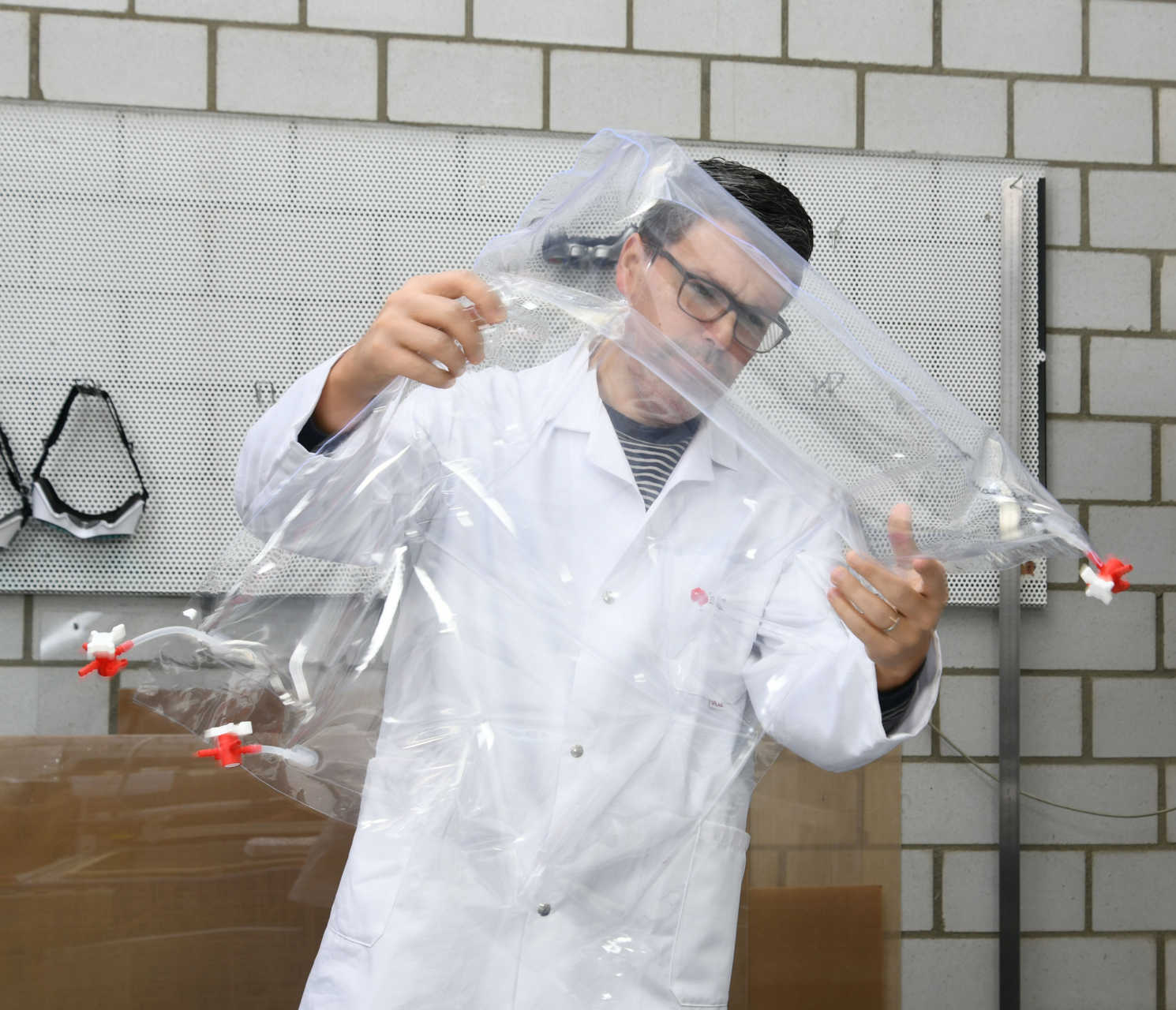
A special mattress for the skin of newborns
To develop a mattress capable of adapting to individual needs of newborns hospitalized, the researchers began by determining the pressure conditions in various regions of the body of very young children: “Our pressure sensors showed that the head, shoulders and lower part of the spine they are the areas at greatest risk of bedsores“, explains Annaheim again.
Starting from this assumption, the researchers developed a special air mattress composed of three rooms which, with the help of pressure sensors and a microprocessor, can be inflated precisely via an electronic pump, minimizing the pressure exerted on different areas of the body.
Thanks to an infrared laser process developed at EMPA, it was possible to produce the mattress using a flexible and multilayer polymer membrane, gentle on the skin and free from irritating seams.
After development in the laboratory, we moved on to practice. And the outcome of the tests was more than promising: compared to a foam mattress, the prototype reduced the pressure on vulnerable parts of the body up to 40 percent. All that remains is to broaden the scope of the study: a larger investigation will soon begin at the Department of Intensive Care Medicine and Neonatology at the University Children's Hospital of Zurich.
Thus intestinal bacteria spoil children's sleep
Spaces and health: the Swiss examples of Château-d'Œx and Lichtensteig
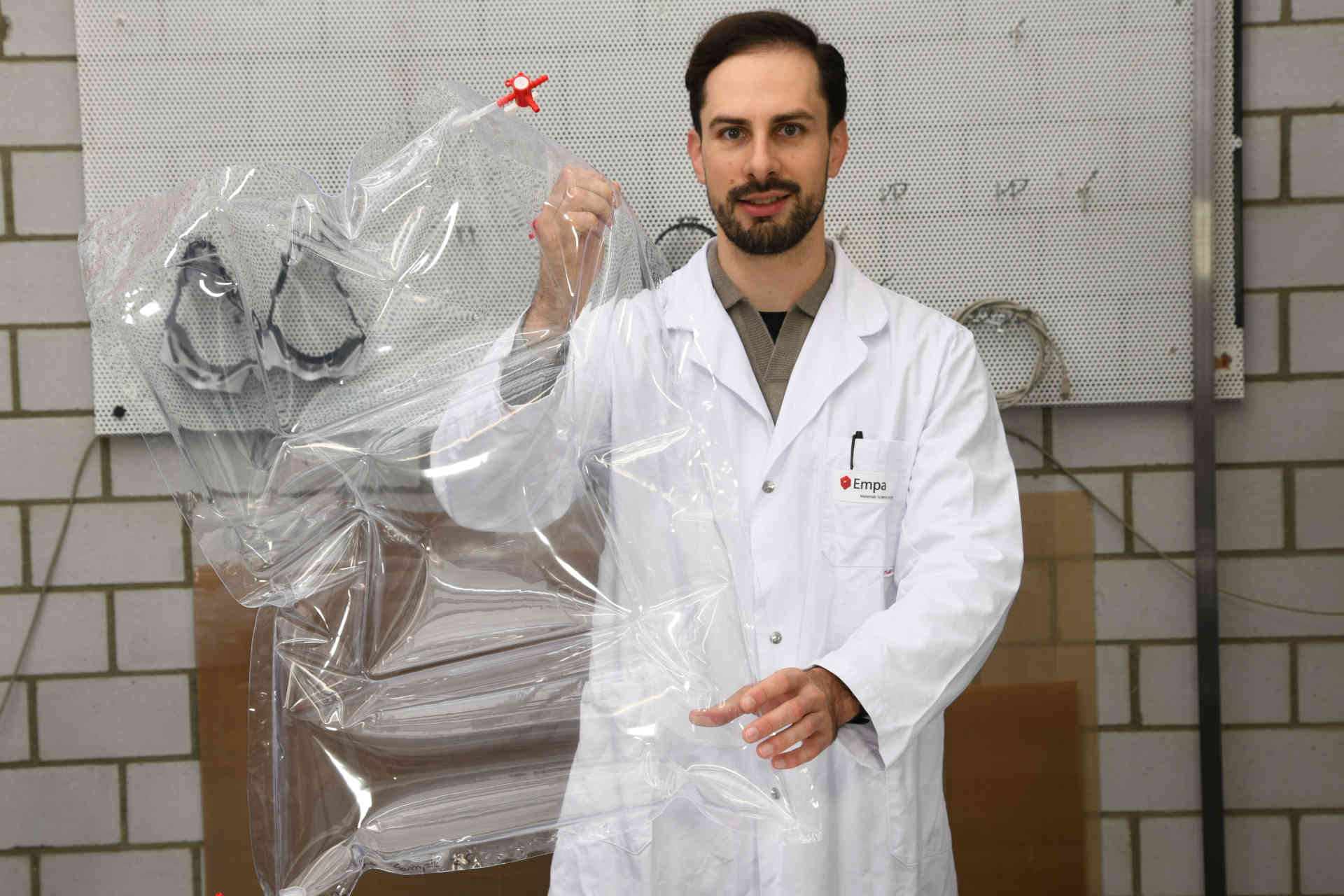
Intelligent sensors to prevent bedsores
The second project in the pipeline at EMPA focuses on the needs of adults, starting from a very basic concept: the key is convert risk factors of blood pressure disturbances into alarm signals that are useful to operators.
When you remain in the same position for a long time, sitting or lying down, blood pressure and circulation problems cause lack of oxygen in the tissues: in people able to move freely this triggers a movement reflex which leads the subject to change position. In people with paraplegia or coma, however, this neurological feedback can be stopped.
In these cases, the risk of tissue damage can be reported early by intelligent sensors like those developed in ProTex project, which involves researchers from EMPA, the University of Bern, the University of Applied Sciences of Eastern Switzerland (OST) and Bischoff Textil AG in St. Gallen.
The new sensor system consists of smart fabrics associated with real-time data analysis devices. "Skin-friendly textile sensors contain two different functional polymer fibers“, He explains Luciano Boesel of the Biomimetic and Textile Membranes laboratory of the EMPA in St. Gallen.
In addition to pressure-sensitive fibers, the researchers integrated light-conducting polymer fibers (POF) which allow oxygen to be measured: “As soon as the oxygen content in the skin decreases, the sensor system signals an increasing risk of tissue damage“, explains Boesel.
The data is transmitted directly to the patient or nursing staff, allowing intervention before the tissue is damaged.
Helping everyone get better: it's health in the age of AI
A "laboratory of ingenuity" to enrich the Balgrist Hospital
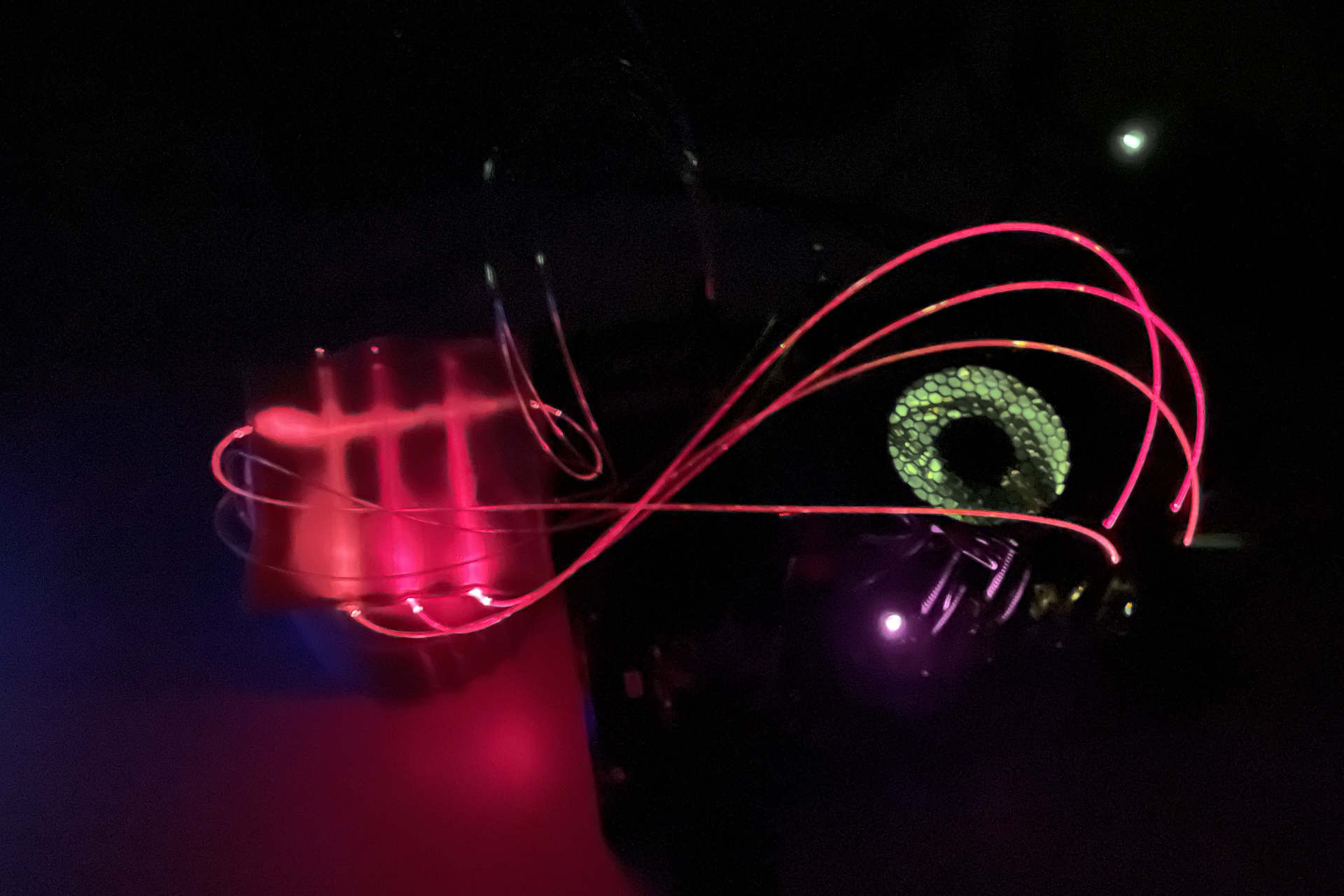
ProTex: textile sensors and optical fibers for future smart fabrics
I ProTex sensors they can be integrated into clothing such as underwear or socks and are able to measure the pressure and oxygen saturation of the skin and tissues with which they are in contact.
When the oxygen content decreases and sensors detect the risk of injury, an alarm signal is activated. “Our sensors represent a new approach to portable sensors and they are also an important step towards 'smart' clothing'", explains Ursula Wolf of the University of Bern.
In this project, theEastern Switzerland University of Applied Sciences provides miniaturized interfaces for optical fibers, while theEMPA contributes POF optical fibers, made through a new microfluidic wet spinning process developed by the University. “None of us could carry out the project alone“, explains Boesel.
The new POF production method it is one of the three patents that emerged as part of the ProTex project: an important evolution, which allows for control of polymeric components in the order of micrometers and a more ecological processing of the fibres.
Another interesting patent born from the studies for the ProTex project is a breathable textile sensor which can be worn directly on the skin and which is already close to being launched on the market by Bernese spin-off Sensawear.
In short, research is moving fast, and scientists do not hide their satisfaction: "ProTex results and technologies will enable further applications in the field of computer technology in the future wearable sensors and smart clothing“, says Boesel with conviction.
In search of the perfect polymer: the mission of Dorina Opris
Transistors printed on paper or PET film? Switzerland is almost there…
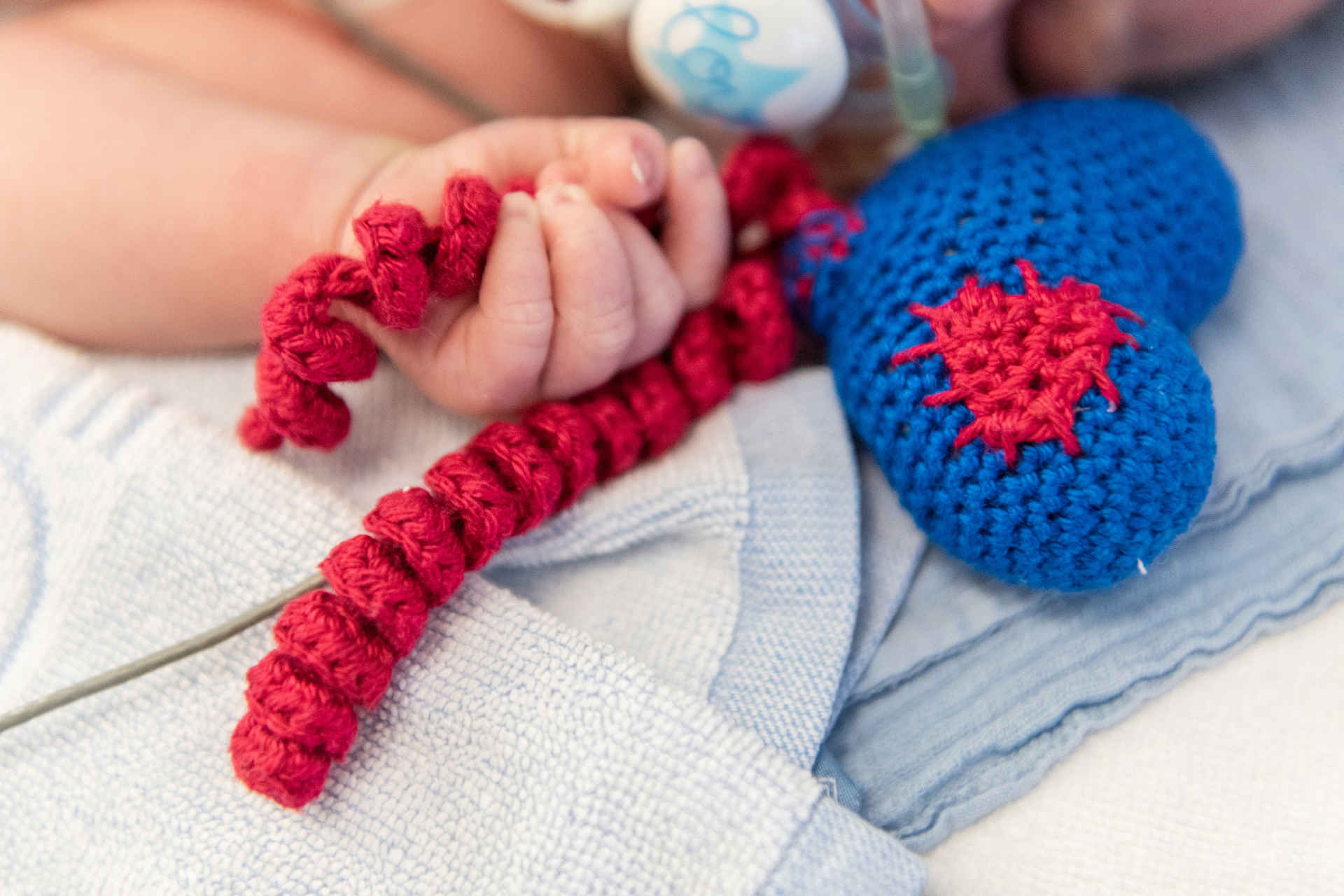
You may also be interested in:
In Brazil the first meeting in the world between biosafety and synchrotrons
In Campinas, a NB4 level maximum biological containment laboratory will be connected to the light sources of a particle accelerator
In Alto Adige today EDIH NOI is the new point of reference for AI
4,6 million euros from the PNRR fund will be allocated to Bolzano for services to local companies in the digitalisation of intelligence…
by Editorial staff Innovando.NewsEditorial staff of Innovando.News
Austria, Germany and Switzerland for "more innovative" cargo railways
DACH Ministers Leonore Gewessler, Volker Wissing and Albert Rösti: the introduction of Digital Automatic Pairing is a key element
by Editorial staff Innovando.NewsEditorial staff of Innovando.News
Persuasion or manipulation? Genesis and historical impact of PR
This is how Public Relations, from the sophistic dialogue of ancient Greece to the current digital era, continues to offer continuous innovation

